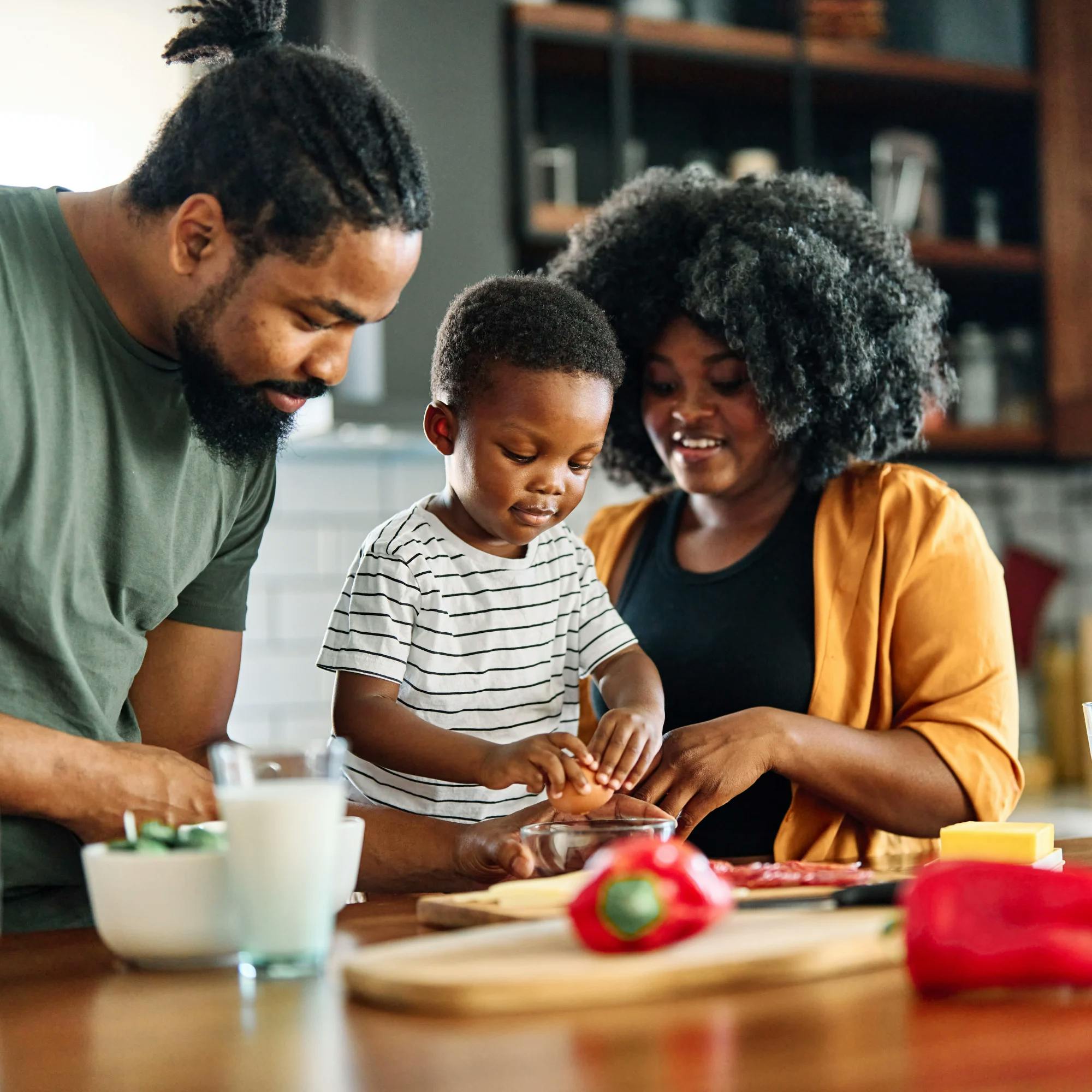
How to Teach Your Young Child to Take Turns
 Leanne Sherred, M.S., CCC-SLP
Leanne Sherred, M.S., CCC-SLP
As a speech-language pathologist, I’ve played a lot of games. Sometimes it’s just for a fun break, but often it’s to practice turn-taking. Turn-taking is an important aspect of building strong social skills. In addition, it helps children learn and understand the kind of turn-taking that happens in conversation. So let’s explore some easy ways you can work on this vital skill at home with your child.


How can I practice turn-taking with my child?
Tons of fun and common games have turn-taking built into them, such as Go Fish, Candyland, Uno, and more. But what about for younger kids who aren’t ready for board games? It’s pretty easy--we can simply insert turn-taking into any play activity. For example, “I put a block on the tower, then you... then me... then you.”
Blowing bubbles is always a crowd pleaser, too: “I’ll blow first… then you.” Just make sure to hold onto that container! I’ve cleaned up my fair share of spills.
What if my child doesn't share well?
It's not uncommon for kids to have a tough time sharing and taking turns. However, try not to give in to letting your kiddo run the show. That’s not how it works on the playground or at school, and that’s not how it works in conversation, either.
Try to be firm about making sure that you take a turn, even if you’re going super fast. Use consistent language and hand gestures to help: “First my turn, and then your turn.” Practice makes perfect, so try to be consistent from day to day as well.


Signs your child is learning to take turns
It’s a big win if your child begins to hand objects back to you without asking. Another win is when your child begins to ask for their turn instead of reaching or grabbing. We want to actively encourage them to use these behaviors, so if they aren’t using words, we can model: “My turn, please.” After modeling language a few times, wait for your child to imitate you before letting them take their turn.














